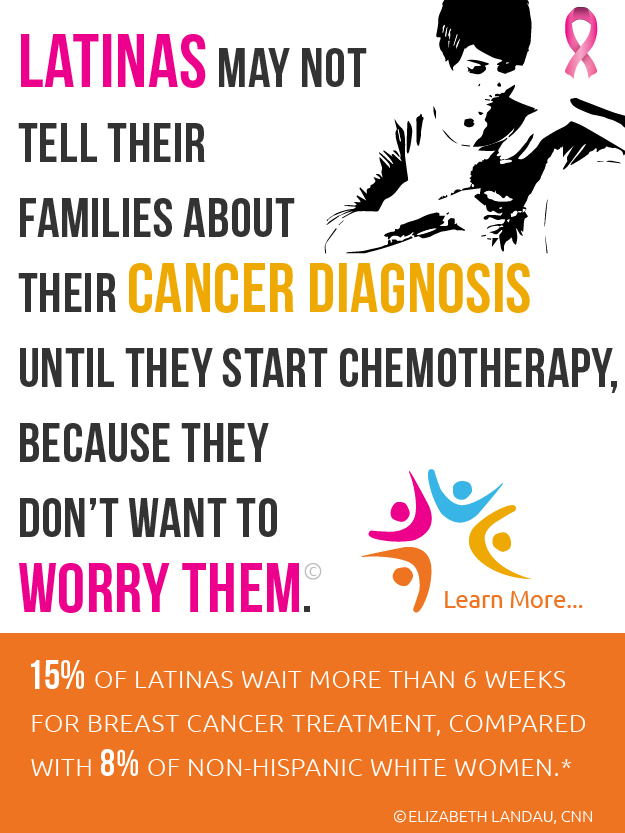
The Pandemic and Childhood Weight Gain
03/31/2021 06:00AM | 2274 viewsThere’s plenty of talk of the COVID 20—meaning the extra weight that adults are putting on during the pandemic. But what about children? Even before the pandemic, the percentage of American children who have overweight or obesity—defined as body mass index (BMI) being in the 85th to 95th percentiles for children of the same age and sex—was startingly high, and early evidence is suggesting the pandemic may make matters even worse.
For children spending most of their school days at home, there’s not much in the way of gym class or afterschool sports, and they may have easier access to unhealthy snacks and more food in general.
To find out more about childhood weight issues, and what parents can do to help their kids eat better and move more, Tufts Now talked with Dan Hatfield, N11, N15, a research assistant professor at the Friedman School.
Tufts Now: How many children have overweight or obesity in the U.S.?
Dan Hatfield: About one in three of all U.S. children have overweight or obesity. Prevalence varies considerably among population subgroups, however, and there are significant socioeconomic and racial-ethic disparities. For example, among Black and Hispanic children, obesity prevalence is nearly double what it is among white children.
What explains that disparity?
This is a tricky question, since the factors that influence body weight are tremendously complex. But much of it comes down to unequal access to the types of environments that enable healthy behaviors. For example, children from historically underrepresented minority groups are more likely to live in communities where there’s less access to healthy foods and greater density of unhealthy food options, like fast food restaurants and convenience stores.
Those same communities often have fewer safe spaces for active play and limited quality physical activity programs for kids. And studies have shown that there tend to be disproportionately high levels of unhealthy food marketing in communities of color.
Some of the causal factors also extend out to domains you might not typically think of as being related to body weight. For example, kids from historically underrepresented minority communities are more likely to experience chronic stress, and higher stress has been shown to be associated with weight gain.
That’s partially because of the influence of stress on health behaviors. Someone experiencing high levels of stress might find it particularly hard to prioritize things like healthy eating or physical activity. Stress may also have an effect on weight through certain biological pathways, like increased levels of stress hormones that are associated with weight gain.
Do you think that the number of children with overweight or obesity is going up or down in response to the COVID-19 pandemic?
It’s not quite clear yet how the pandemic is influencing obesity prevalence in children. There’s some emerging evidence, though, that looks concerning in terms of the impact on weight-related behaviors.
“When kids are able to choose an activity they like out of their own free choice, that can really help to cultivate motivation and sustain active behaviors over time,” said Dan Hatfield.Past research has shown that time out of school—like summer vacation—tends to be associated with higher levels of weight gain. That may be because when kids are at home, they don’t have physical activity opportunities like recess or PE class, or access to school meals, which need to meet certain federal nutrition standards. On the other hand, they may have more opportunities for things like unhealthy snacking or sedentary activities, which tend to be associated with greater weight gain.
The same thing may be happening now due to the pandemic. For example, school closures may be leading to children eating more unhealthy meals and snacks, getting less physical activity, and having more sedentary time. Some early simulation studies have suggested that this might increase rates of childhood obesity, but we’ll have to wait for more evidence before we know for sure.
Is the disparity in overweight and obesity with Black and Hispanic children likely made even worse by the pandemic?
Again, we need more evidence here, but I think the answer is very likely to be yes. Studies have shown that the kind of summertime weight gain I mentioned before tends to be especially pronounced in Black and Hispanic children, who may have less access to healthy foods and fewer opportunities for quality physical activity outside of school. If the same is true during the pandemic, we may see racial and socioeconomic disparities in obesity prevalence grow even wider than they are already.
How important is physical activity to children?
Physical activity is important for children for many reasons, even beyond the role of active lifestyles in promoting healthy weight. For example, physical activity has been linked with improvement for children’s cardiometabolic markers, like blood pressure and cholesterol profiles, and those benefits persist independent of changes in body fatness.
There’s also evidence of benefits in a range of other areas, like sleep, stress, self-confidence, mood, and even cognition and academic performance.
What can parents do to help their children be more physically active?
There are lots of ways in which parents can help their children be more physically active, but I’ll highlight just three.
First, parents can be important role models—so when their kids see them choosing to be active, that can translate to kids engaging in more physical activity themselves. It can be especially helpful for parents not to just engage in physical activity, but also to demonstrate their enjoyment; if they make physical activity look like drudgery, kids will pick up on that.
Second, parents can help by giving their kids options for being active and letting them choose between those. Parents sometimes, with good intentions, try to pressure their kids into being active, but that can actually backfire. When kids are able to choose an activity they like out of their own free choice, that can really help to cultivate motivation and sustain active behaviors over time.
And third, parents shouldn’t underestimate the power of positive feedback. If their child tries a new activity or challenges herself or himself in a new way, a pat on the back or some words of encouragement from the parent can go a long way toward supporting that behavior into the future.
How can parents meaningfully improve their children’s diets in and out of the home?
As with physical activity, parents can have a powerful influence on children’s diets in lots of ways, so I’ll just highlight a few. The food environment at home tends to be a strong predictor of what kids eat. If healthy foods like fruits and vegetables are available, kids are more likely to eat them—and the same is true of junk foods. So when parents choose to buy healthier options and make them easy for kids to access, that can go a long way.
When it comes to mealtimes, portion sizes also really seem to matter—when kids are served more, they tend to eat more. That’s not to say parents should be super restrictive with their kids, since that can be counterproductive. But it can be helpful for parents to provide kid-sized portions at home, or at restaurants to order meals from the kids’ menu, since those tend to be more appropriate to kids’ energy needs.
And lastly, just like with physical activity, parental role modeling can be really important. Children learn largely from watching others, so when parents choose healthy foods, their kids may follow suit. When parents make those better-for-you choices, they might be benefitting not just themselves but their kids, too.











Post your Comment
Please login or sign up to comment
Comments